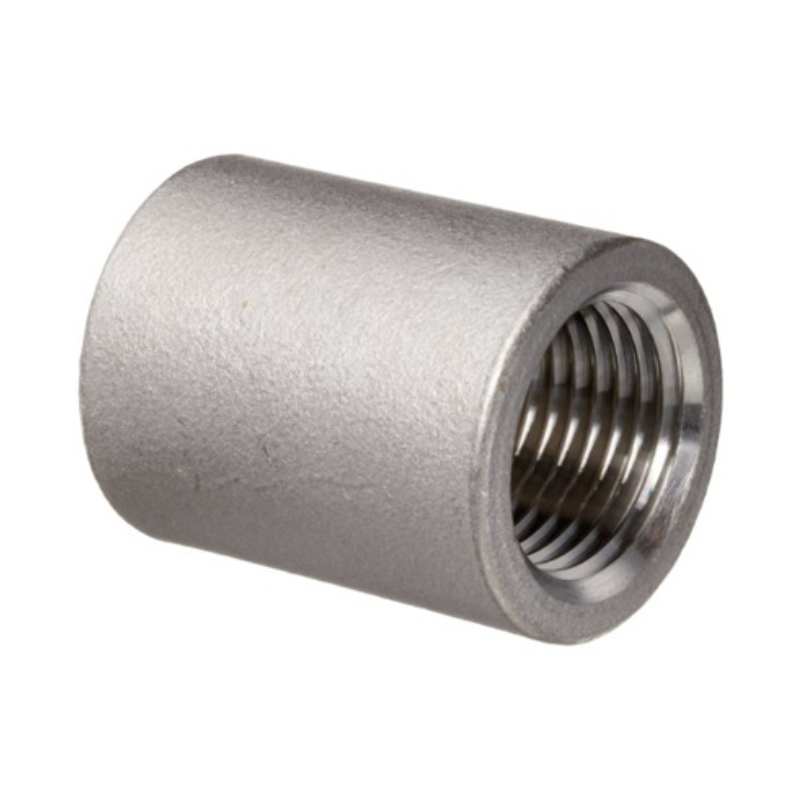-
Cangzhou Yulong Steel Co., Ltd.
-
Phone:
+86 13303177267 -
Email:
admin@ylsteelfittings.com
- English
- Arabic
- Italian
- Spanish
- Portuguese
- German
- kazakh
- Persian
- Greek
- French
- Russian
- Polish
- Thai
- Indonesian
- Vietnamese
- Zulu
- Korean
- Uzbek
- Hindi
- Serbian
- Malay
- Ukrainian
- Gujarati
- Haitian Creole
- hausa
- hawaiian
- Hebrew
- Miao
- Hungarian
- Icelandic
- igbo
- irish
- Japanese
- Javanese
- Kannada
- Khmer
- Rwandese
- Afrikaans
- Albanian
- Amharic
- Armenian
- Azerbaijani
- Basque
- Belarusian
- Bengali
- Bosnian
- Bulgarian
- Catalan
- Cebuano
- China
- China (Taiwan)
- Corsican
- Croatian
- Czech
- Danish
- Esperanto
- Estonian
- Finnish
- Frisian
- Galician
- Georgian
- Kurdish
- Kyrgyz
- Lao
- Latin
- Latvian
- Lithuanian
- Luxembourgish
- Macedonian
- Malgashi
- Malayalam
- Maltese
- Maori
- Marathi
- Mongolian
- Myanmar
- Nepali
- Norwegian
- Norwegian
- Occitan
- Pashto
- Dutch
- Punjabi
- Romanian
- Samoan
- Scottish Gaelic
- Sesotho
- Shona
- Sindhi
- Sinhala
- Slovak
- Slovenian
- Somali
- Sundanese
- Swahili
- Swedish
- Tagalog
- Tajik
- Tamil
- Tatar
- Telugu
- Turkish
- Turkmen
- Urdu
- Uighur
- Welsh
- Bantu
- Yiddish
- Yoruba

Jul . 27, 2024 10:23 Back to list
Exploring the Features and Applications of Flange Designs in Industrial Settings
Understanding Flange 160 A Key Component in Mechanical Engineering
In the field of mechanical engineering, various components play crucial roles in ensuring the efficiency and safety of machinery and systems. One such important component is the flange, particularly the Flange 160. Flanges are mechanical components used to connect two pipes, valves, pumps, or other equipment to form a piping system. They are essential in industries such as oil and gas, water supply, and manufacturing, where fluid dynamics and structural integrity are vital.
Flange 160 refers specifically to a standardized flange design characterized by its diameter, thickness, and compatibility with various materials. Understanding its specifications is critical for engineers and technicians who need to select appropriate flanges for specific applications. The dimension 160 typically refers to the nominal size of the flange, which in this case is 160 millimeters. However, the precise dimensions can vary based on industry standards such as ASME (American Society of Mechanical Engineers), ANSI (American National Standards Institute), or ISO (International Organization for Standardization).
Understanding Flange 160 A Key Component in Mechanical Engineering
The design and manufacturing process of Flange 160 also incorporate key considerations for performance and safety. Engineers must ensure that flanges meet specific pressure ratings, which dictate how much pressure they can withstand without failing. This is usually detailed in the flange's specification and is critical for preventing leaks and catastrophic failures in a piping system. The standard pressure ratings commonly associated with flanges include Classes 150, 300, and 600, among others, depending on the application requirements.
flange 160

In addition to strength and support, the proper installation of Flange 160 is paramount. Flanges must be aligned correctly and bolted together using the appropriate methods, such as using gaskets to create a reliable seal. Failure to install flanges correctly can lead to leaks, which in turn can result in safety hazards and operational inefficiencies. Therefore, technicians must be trained in proper flange assembly techniques and perform routine inspections to ensure system integrity.
Another aspect to consider in the context of Flange 160 is its versatility in applications. Flanges can be used in a range of systems— from high-pressure pipelines to ventilation systems in buildings. Their adaptability makes them a preferred choice for engineers looking to design flexible and efficient piping systems.
Furthermore, the global market for flanges continues to grow, driven by the rising demand for infrastructure development and energy resources. As industries evolve, so too do the standards and technologies associated with flange design and manufacturing. Innovations such as the use of computer-aided design (CAD) and advanced materials are helping manufacturers create flanges that maintain high performance while reducing costs.
In conclusion, Flange 160 embodies the intersection of design, material science, and engineering principles within mechanical systems. Understanding its specifications, materials, and applications is essential for professionals in the field. As industries continue to seek reliable and efficient solutions, the importance of flanges like the Flange 160 will undoubtedly remain significant in ensuring the smooth operation of various mechanical systems.
Latest news
-
ANSI 150P SS304 SO FLANGE
NewsFeb.14,2025
-
ASTM A333GR6 STEEL PIPE
NewsJan.20,2025
-
ANSI B16.5 WELDING NECK FLANGE
NewsJan.15,2026
-
ANSI B16.5 SLIP-ON FLANGE
NewsApr.19,2024
-
SABS 1123 FLANGE
NewsJan.15,2025
-
DIN86044 PLATE FLANGE
NewsApr.19,2024
-
DIN2527 BLIND FLANGE
NewsApr.12,2024
-
JIS B2311 Butt-Welding Fittings LR/SR 45°/90° /180°Seamless/Weld
NewsApr.23,2024











